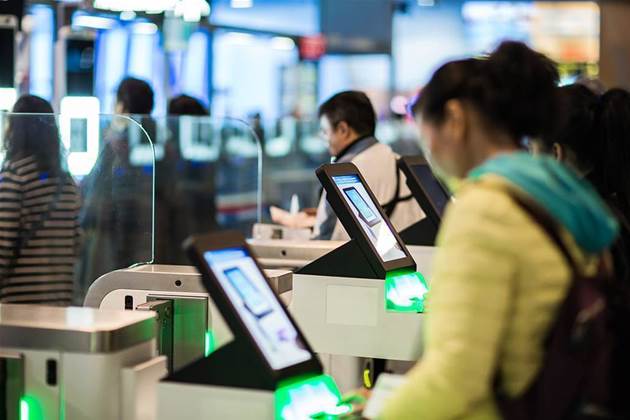A new Unisys system that matches international arrivals to Australia - including both travellers and migrants - against a biometric watch list has gone live at the Department of Home Affairs.

The enterprise biometric identification services (EBIS) system replaces the department's existing Unisys biometric matching system, which has been in place for more than 12 years.
It is based on Unisys’ stealth (identity) multi-factor identity management solution, and leverages facial and fingerprint recognition algorithms from digital security firm IDEMIA.
Unisys said that combining the solution with IDEMIA’s algorithms makes it one of the world’s most accurate biometric identity systems for visa and border processing.
The company won the contract in March 2018, with the system designed and implemented within 18 months of signing the contract, Unisys said.
Home Affairs will use the $44 million system to match the facial images and fingerprints of prospective travellers such as visa applicants, and the facial images of citizenship applicants.
The agency is particularly interested in weeding out people of security, law enforcement or immigration interest, though the system also “simultaneously facilitates the processing of legitimate travellers”.
The system will alert Australian Border Force officers when intervention is required, allowing border clearance staff to focus their efforts as international arrivals continue to increase.
While COVID-19 has drastically reduced traveller numbers in 2020, there were a record 9.5 million visitors to Australia last year - 3.9 million more than 10 years earlier.
Unisys said the new system was designed for high-volume traffic of more than 100,000 transactions a day and “large-scale galleries (more than 100 million records)”.
The system will also be able to support growth in visa applications, border clearances and citizen application over the next ten years, the vendor said.
A future iteration of the system will “quickly flag people who may be crossing the border with fraudulent identities”.
However, whether Home Affairs’ border clearance hardware will be able to keep up post COVID-19 is another question.
There is still a cloud over the agency's multi-million dollar rollout of new facial recognition smartgates, which has been delayed by at least two years after problems during a trial of Vision-Box smartgates.
Unisys Asia Pacific vice president and general manager Rick Mayhew said EBIS gives the department “greater confidence in verifying an individual's identity for efficient and early detection of criminals and persons of national security concern”.
“We have worked closely with the department and our partner IDEMIA to deliver one of the world’s leading solutions to help protect Australia’s borders and national assets.”
Unisys said its stealth (identity) platform provides EBIS’ “core biometric identity management functionality”, including the user interface, workflows, business rules, identity data and record linking.
But the vendor also uses biometric matching algorithms from IDEMIA’s multi-biometric engine to match fingerprints and facial images.


_(20).jpg&h=140&w=231&c=1&s=0)








 iTnews Executive Retreat - Security Leaders Edition
iTnews Executive Retreat - Security Leaders Edition












_(1).jpg&h=140&w=231&c=1&s=0)



